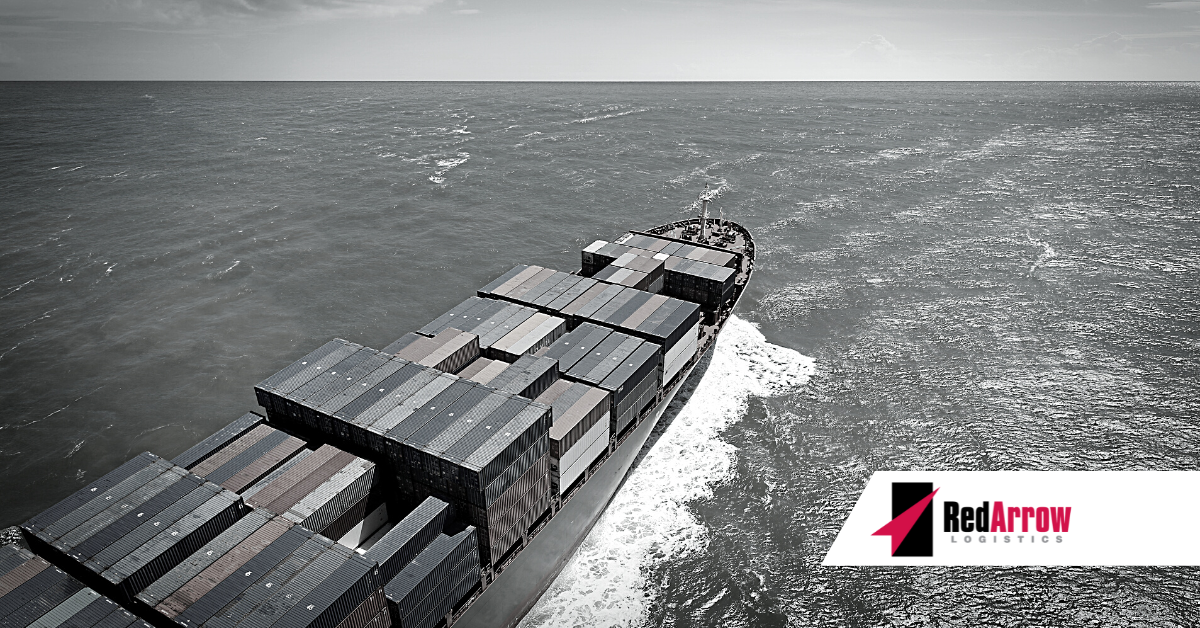One of the biggest topics in the logistics world this month is how the latest round of tariff increases will impact the industry — and the global supply chain at large. With the U.S. imposing new tariffs on a wide range of Chinese imports, and China signaling potential retaliatory measures, the risk of a renewed trade war is now front and center.
Economists and consumers alike are expressing growing concern over how these developments will affect the already-elevated cost of goods. Products that meet the criteria under the United States-Mexico-Canada Agreement (USMCA) will continue to be tariff-free, but non-compliant goods — especially those sourced from China — will now face an additional 25% tariff. These increases are part of a broader push to incentivize domestic manufacturing and reduce reliance on foreign supply chains, particularly those tied to China.
As a result, importers are being forced to reevaluate their sourcing strategies. Businesses must now make difficult decisions: absorb the increased costs, pass them along to consumers, or shift sourcing away from China and other impacted regions. For low-margin industries, absorbing these added expenses simply isn’t feasible, which will almost certainly lead to higher prices on many consumer goods.
Whether this ultimately strengthens domestic manufacturing in the U.S. or simply creates more cost pressure across the board remains to be seen — but for now, the logistics sector will be watching closely and adapting in real time.
Ocean Freight: The tariffs will no doubt affect the volumes at U.S. ports over the next few months. Container volumes at the Port of Los Angeles are expected to decrease by double digits over the next few months as retailers have been frontloading ahead of the impending tariffs. Import demands have been remaining steady as retailers build their inventories with furniture, electronics, TV’s and larger products that take up a lot of containers.
Importers will need to start to look for the best deals when it comes to sourcing. Since China seems to be a target right now, importers should look to some other sources with lower tariffs. In the interim, companies will be passing along these additional costs to the consumer. Companies that choose to absorb some of the costs will be less likely to invest in human capital like hiring.
Airfreight: The air freight industry is still hoping that this year will be one where volumes increase despite the new tariffs. In a recent Air Cargo News industry survey, 84.6% out of 100 airfreight professionals said they were still optimistic about this year. With lower interest rates, inflation, and higher consumer confidence, survey respondents felt these factors would positively affect demand levels. Improved consumer spending due to lower inflation rates could offset some of the declines caused by the tariffs.
Ground Transportation: Despite overall softness in this sector of the market, the silver lining this month is that truck transportation jobs rose in March, the most since the beginning of 2022. An increase of almost 10,000 jobs is the largest the industry has seen in quite some time. This was in conjunction with one of the strongest freight markets in several months. The resolution of labor disputes has helped to increase the numbers.
E-commerce: President Trump signed an executive order that will end the de minimis trade loophole, which will go into effect on May 2nd. The de minimis trade loophole has helped to increase Chinese e-commerce companies like Temu and Shein to grow in the U.S. market. This means that shipments that are less than $800 will no longer be able to enter the U.S. duty-free. Goods that qualify for the de minimis exemption will now levy a duty of either 30% of their value or $25 per item. That rate will increase to $50 per item on June 1st.
The U.S. Customs and Border Protection processed more than 1.3 billion de minimis shipments in 2024. Chinese e-commerce companies have had an unfair advantage for low-cost items that have minimal documentation and inspections. Companies have attempted to grow their U.S. operations in anticipation of the de minimis loophole elimination. Temu, for example, partnered with sellers with inventory in U.S. warehouses and began encouraging those items on its website which speeds up delivery times.
The U.S.’s protectionist strategy will shift the global supply chain as well as the balance that exists today. The long-term impacts of these tariffs are uncertain, and there are still variables that will need to play out. Most e-commerce retailers will experience an increase in costs as well as changes to the global supply chain.
Your Trusted Partner
The complete effects of the tariffs will most likely take a few months to settle. If you have questions on how to optimize your supply chain during these uncertain times, please reach out.
Red Arrow offers the scale and scope of services including air, ocean, and ground transportation to meet the budget and schedule requirements of the largest and smallest companies alike. If we can be of assistance, please email us at info@redarrowlogistics.com or give us a call at 425-747-7914.





